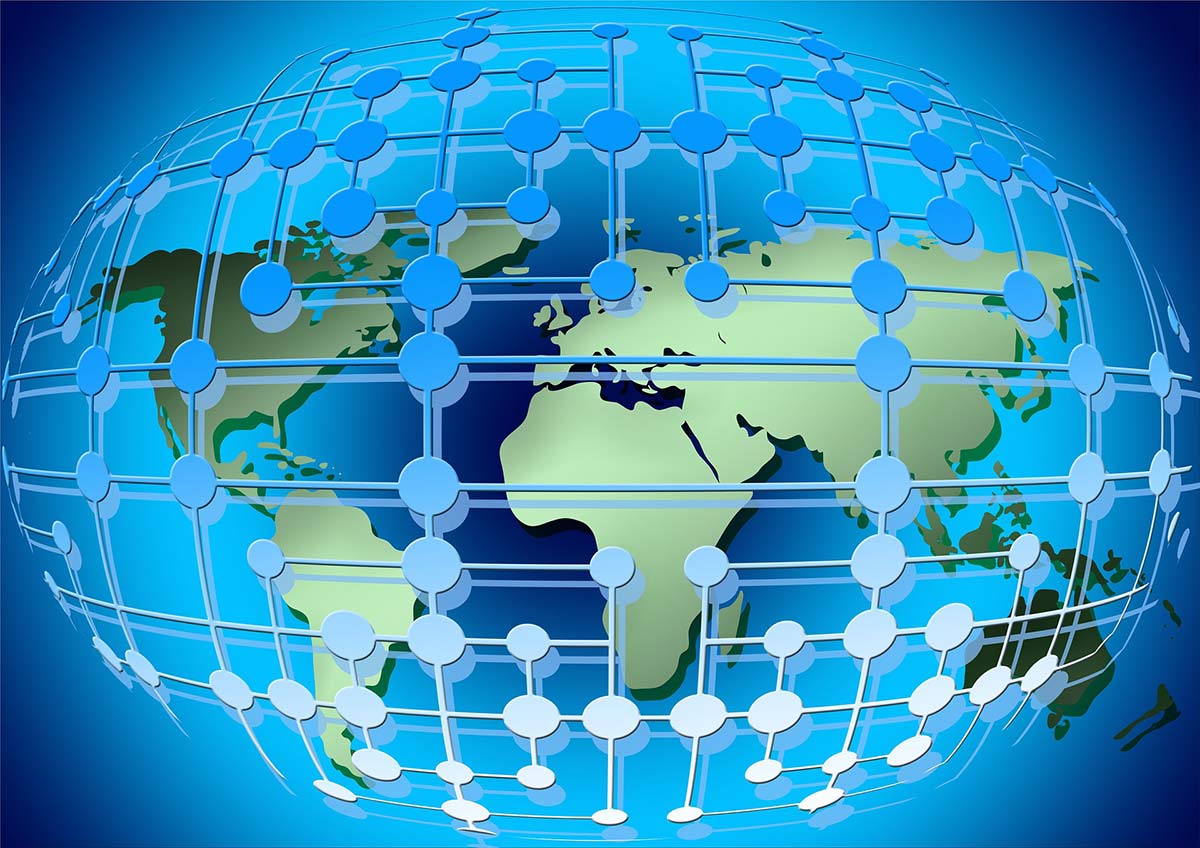Last updated at Wed, 20 Dec 2023 19:03:24 GMT
When the North American Free Trade Agreement (NAFTA) was originally negotiated, cybersecurity was not a central focus. NAFTA came into force – removing obstacles to commercial trade activity between the US, Canada, and Mexico – in 1994, well before most digital services existed. Today, cybersecurity is a major economic force – itself a large industry and important source of jobs, as well as an enabler of broader economic health by reducing risk and uncertainty for businesses. Going forward, cybersecurity should be an established component of modernized trade agreements and global trade policy.
The Trump Administration is now modernizing NAFTA, with the first renegotiation round concluding recently. There are several key ways the US, Mexican, and Canadian governments can use this opportunity to advance cybersecurity. In this blog post, we briefly describe two of them: 1) Aligning cybersecurity frameworks, and 2) protecting strong encryption.
For more about Rapid7's recommendations on cybersecurity and trade, check out our comments on NAFTA to the US Trade Representative (USTR), or check out my upcoming presentation on this very subject at Rapid7's UNITED conference!
Align cybersecurity frameworks
Trade agreements should broadly align approaches to cybersecurity planning by requiring the parties to encourage voluntary use of a comprehensive, standards-based cybersecurity risk management framework. The National Institute of Standards and Technology's (NIST) Cybersecurity Framework for Critical Infrastructure ("NIST Cybersecurity Framework") is a model of this type of framework, and is already experiencing strong adoption in the U.S. and elsewhere.
In addition to our individual comments to USTR, Rapid7 joined comments from the Coalition for Cybersecurity Policy and Law, and also organized a joint letter with ten other cybersecurity companies, urging USTR to incorporate this recommendation into NAFTA.
International alignment of risk management frameworks would promote trade and cybersecurity by
-
Streamlining trade of cybersecurity products and services. To oversimplify, think of a cybersecurity framework like a list of goals and activities – it is easier to find the right products and services if everyone is referencing a similar list. Alignment on a comprehensive framework would enable cybersecurity companies to map their products and services to the framework more consistently. Alignment can also help less mature markets know what specific cybersecurity goals to work toward, which will clarify the types of products they need to achieve these goals, leading to more informed investment decisions that hold service providers to consistent benchmarks.
-
Enabling many business sectors by strengthening cybersecurity. Manufacturing, agriculture, healthcare, and virtually all other industries are going digital, making computer security crucial for their daily operations and future success. Broader use of a comprehensive risk management framework can raise the baseline cybersecurity level of trading partners in all sectors, mitigating cyber threats that hinder commercial activity, fostering greater trust in services that depend upon secure infrastructure, and strengthening the system of international trade.
-
Helping address trade barriers and market access issues. Country-specific approaches to cyber regulation – such as data localization or requiring use of specific technologies – can raise market access issues or force ICT companies to make multiple versions of the same product. International alignment on interoperable, standards-based cybersecurity principles and processes would reduce unnecessary variation in regulatory approaches and help provide clear alternatives to cybersecurity policies that inhibit free trade.
To keep pace with innovation and evolving threats, prevent standards from reducing market access, and incorporate the input of private sector experts, the risk management framework should be voluntary, flexible, and developed in an industry-led and transparent process. For example, the NIST Cybersecurity Framework is voluntary and was developed through an open process in which anyone can participate. The final trade agreement text need not dictate the framework content beyond basic principles, but should instead encourage the development, alignment, and use of functionally similar cybersecurity frameworks.
Prohibit requirements to weaken encryption
Critical infrastructure, commerce, and individuals depend on encryption as a fundamental means of protecting data from unauthorized access and use. Market access rules requiring weakened encryption would create technical barriers to trade and put products with weakened encryption at a competitive advantage with uncompromised products. Requirements to weaken encryption can impose significant security risks on companies by creating diverse new attack surfaces for bad actors, including cybercriminals and unfriendly international governments – ultimately undermining the security of the end-users, businesses, and governments.
NAFTA should include provisions forbidding parties from conditioning market access for cryptography used for commercial applications on the transfer of private keys, algorithm specification, or other design details. The final draft text of the Trans-Pacific Partnership (TPP) contained a similar provision – though Congress never ratified TPP, so it never came into force.
Although this provision would be helpful to protect strong encryption, it would only apply to commercial activities. The current version of NAFTA contains exceptions for regulations undertaken for national security (as did TPP, in addition to clarifications that a nation's law enforcement agencies could still demand information pursuant to their legal processes). This may limit the overall protectiveness of the provision, but should also moderate concerns a nation might have about including encryption protection in the trade agreement.
This is beginning
The NAFTA parties have set an aggressive pace for negotiations, with the goal of agreeing on a final draft by the end of the year. However, the original agreement took years to finalize, and NAFTA covers many subjects that can attract political controversy. So NAFTA's timeline, and openness to incorporating new cybersecurity provisions, are not entirely clear.
Nonetheless, the Trump Administration has indicated that both international trade and cybersecurity are priorities. Even as the NAFTA negotiations roll on, the Administration has begun examining the Korea-US trade agreement, and both new agreements and modernization of previous agreements are likely future opportunities.
Trade agreements can last decades, so considering how best to embed cybersecurity priorities should not be taken lightly. Rapid7 will continue to work with private and public sector partners to strengthen cybersecurity and industry growth through trade agreements.

